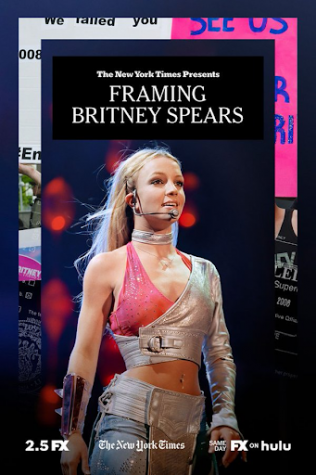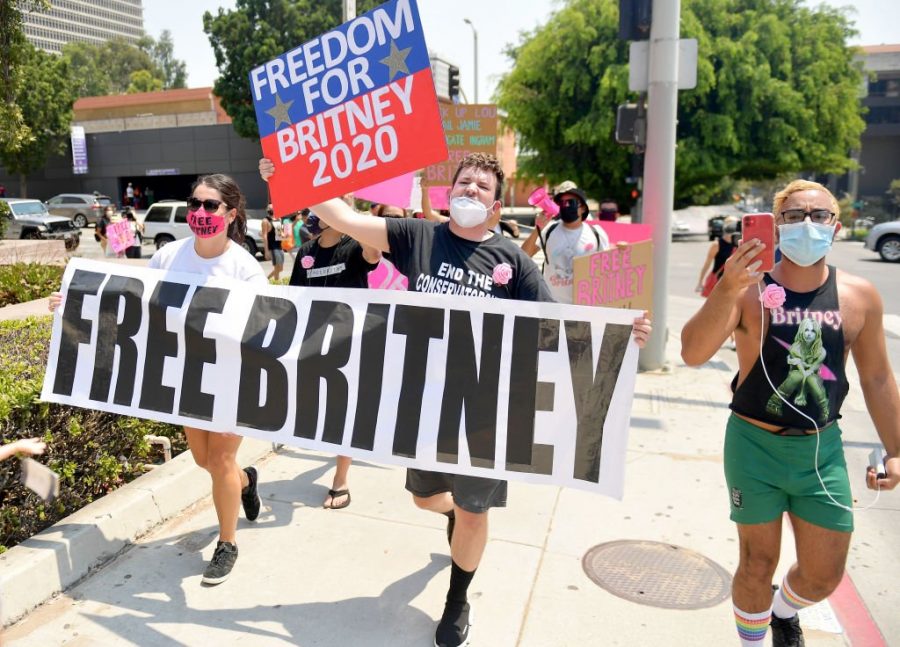#FreeBritney
Review of The New York Times Presents: Framing Britney Spears
According to Merriam Webster’s dictionary, conservator is a noun with two definitions. First, “one that preserves from injury or violation; protector”. Second, “a person, official, or institution designated to take over and protect the interests of an incompetent.”
These definitions were presented very early on in the documentary “The New York Times Presents: Framing Britney Spears” in order to show that Spears has been in a conservatorship for the last twelve years, with her father as her conservator.
What this means is that for the last twelve years, her father has had control of her entire life: her business decisions, her financial affairs, who she’s allowed to talk to, everything.
Conservatorships are usually given to elderly people who can no longer make moral or financial decisions on their own. This documentary goes over the life of Britney Spears and how she got into her conservatorship despite being capable of making her own decisions.
Notable locations in the documentary include Spears’s hometown of Kentwood, Louisiana where she gained her passion for performing, New York City where she broke out into the big time, Las Vegas where she would do shows under her father’s conservatorship, and Los Angeles where all the legal courtships have occurred.
It is at these legal courtships where the documentary begins and ends with protestors fighting for Spears’s freedom, clad in bright clothes and glitter, with many wearing shirts and holding signs with the hashtag #FreeBritney.
A bulk of the documentary are interviews with people close to Spears who give her life story and explain all that is wrong with her conservatorship and the ways that the media had brought her to taking one in the first place.
Some notable names throughout the documentary include Jamie Spears (father of Britney Spears), Felicia Culotta (longtime assistant to Spears), Justin Timberlake (former boyfriend of Spears), Kevin Federline (ex-husband of Spears), Sam Lutfi (architect of Spears’s downfall), Andrew Wallet (former co-conservator), Babs & Tess (Britney’s Gram Podcast hosts), Larry Rudolph (Spears’s manager), and a great amount of protestors who have supported Spears for years.

The documentary and the situation at large is personal to many people for a number of reasons. The first notable reason is because of the camerawork involved in the documentary.
The shots in the documentary consist mainly of talking heads, where the interviewee is talking directly to the camera, creating the illusion of a conversation between the interviewee and the audience which connects to them more deeply.
People are also attracted to the situation because of what Britney Spears symbolized to many people growing up. She symbolized having control over her identity, which resonated with people so much that they want her to have that control back into her life.
The documentary, which could be found on Hulu, is an extraordinary piece about one of the most iconic pop stars of all time and how she deserves her freedom. It’s a documentary that is so captivating that it leaves one thing on audiences minds: #FreeBritney
Your donation will support the student journalists of North Hollywood High School. Your contribution will allow us to purchase equipment and cover our annual website hosting costs.

